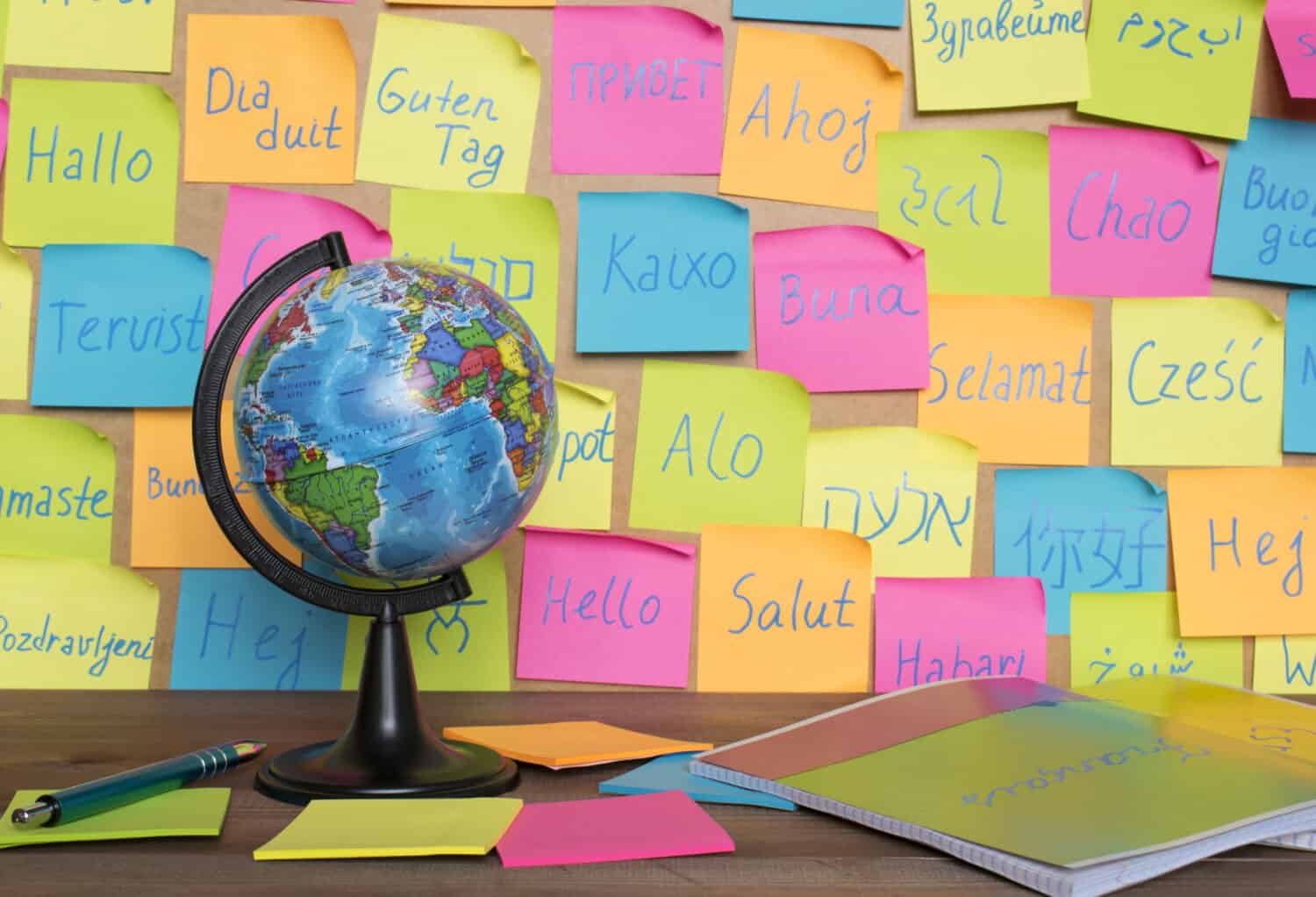Languages are a fascinating thing. There are hundreds, if not thousands, of languages that exist in the world. There are the most common ones like English, Spanish, Arabic, or Mandarin Chinese, and there are also the very uncommon ones. Some languages have died off. Others have transformed themselves into existing languages that have very little connection to the original language. The beauty of language is that it evolves and becomes something amazing in speaking, reading, writing, and communicating. The Germanic languages are some of the most commonly used in the world. Let’s explore the 14+ Germanic languages that exist today.
English
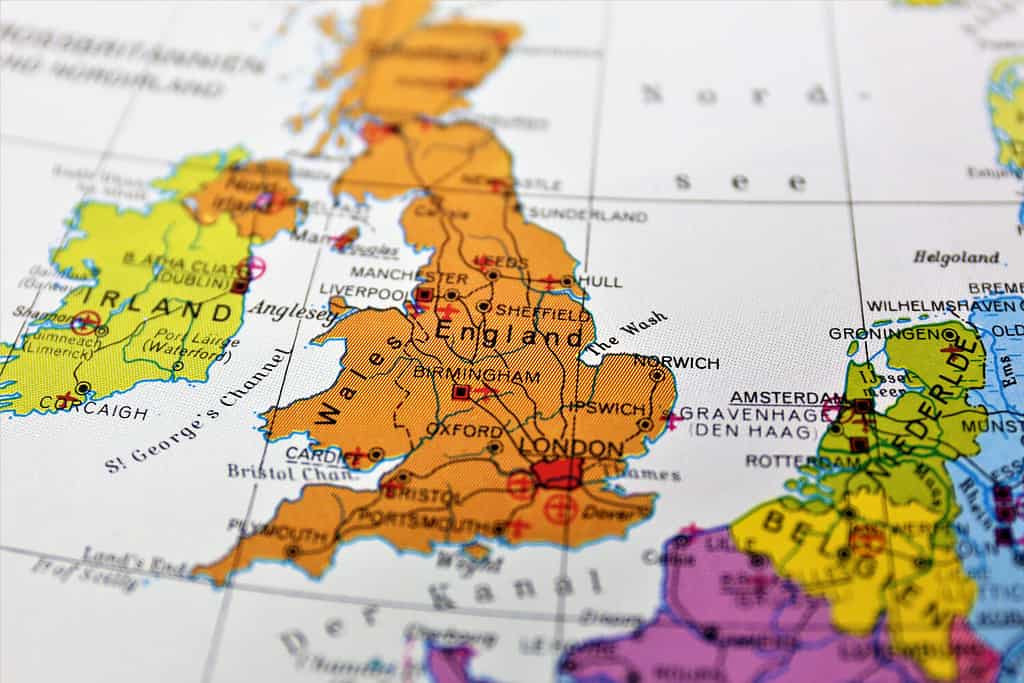
English is the most spoken language in the world with approximately 1.5 for 2 billion speakers.
©Ulf Wittrock/Shutterstock.com
Originating in medieval England, English came about from the ancient Germanic people called the Angles who went to what is now Great Britain. English is the most spoken language in the world and the third most spoken native language in the world, as well. English is also one of the most second languages spoken in the world. It is the official language in 59 countries and the dominant one in many others. English is also considered the de facto language for many matters including science, entertainment, tourism, diplomacy, and international trade.
German
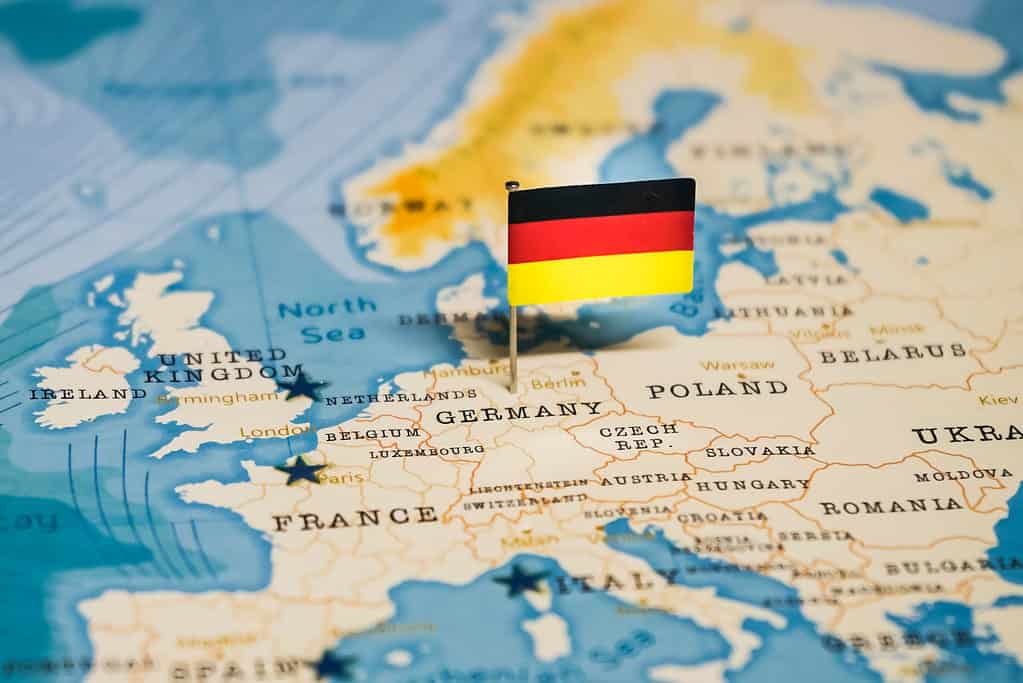
German is the official or coefficient language in Germany, Austria, Switzerland, Liechtenstein, Belgium, Luxembourg, and several Italian provinces.
©Hyotographics/Shutterstock.com
There are approximately 100 million native German speakers in the world. German is one of the most spoken native languages in the European Union, as well. The language originated from old high German that eventually evolved into the modern German people speak today. The modern German language stems from the West Germanic branch of the Germanic languages.
Dutch

There are 25 million native speakers of Dutch in the world.
©undefined undefined/iStock via Getty Images
Dutch is part of the Western Branch of the Germanic languages. Old Dutch originated around the same time as Old English and eventually evolved into the Dutch that people speak today. several languages derived from Modern Dutch like Afrikaans, for example. The language is native to The Netherlands, Belgium, Suriname, and French Flanders. Several dialects have evolved from Dutch spoken in several regions of the world.
Swedish
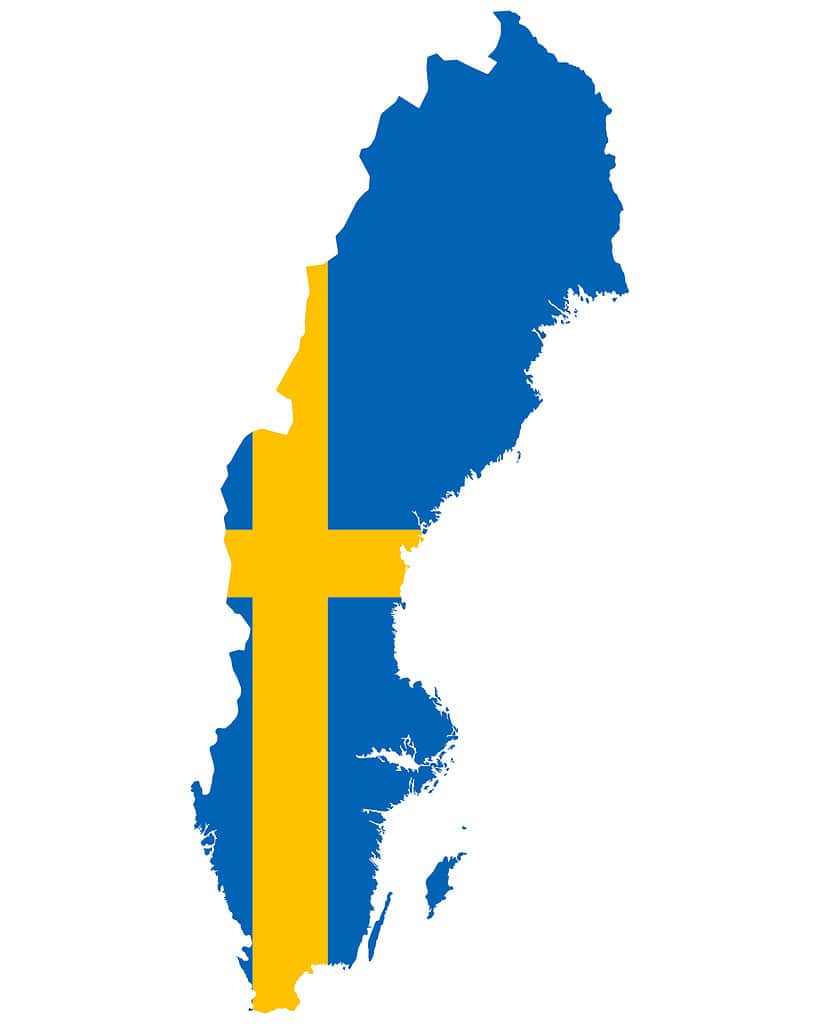
There are about 10 million native Swedish speakers in the world.
©lantapix/iStock via Getty Images
Swedish comes from the north Germanic branch of the Germanic languages and it is mainly spoken in Sweden and some parts of Finland. The modern Swedish language descended from Old Norse, which was the language that Germanic people (or Vikings) used in Scandinavia. Furthermore, the modern Swedish spoken by Swedes came about from many Swedish dialects in the 19th century. To this day, some of those regional dialects exist but are rapidly dying off.
Afrikaans
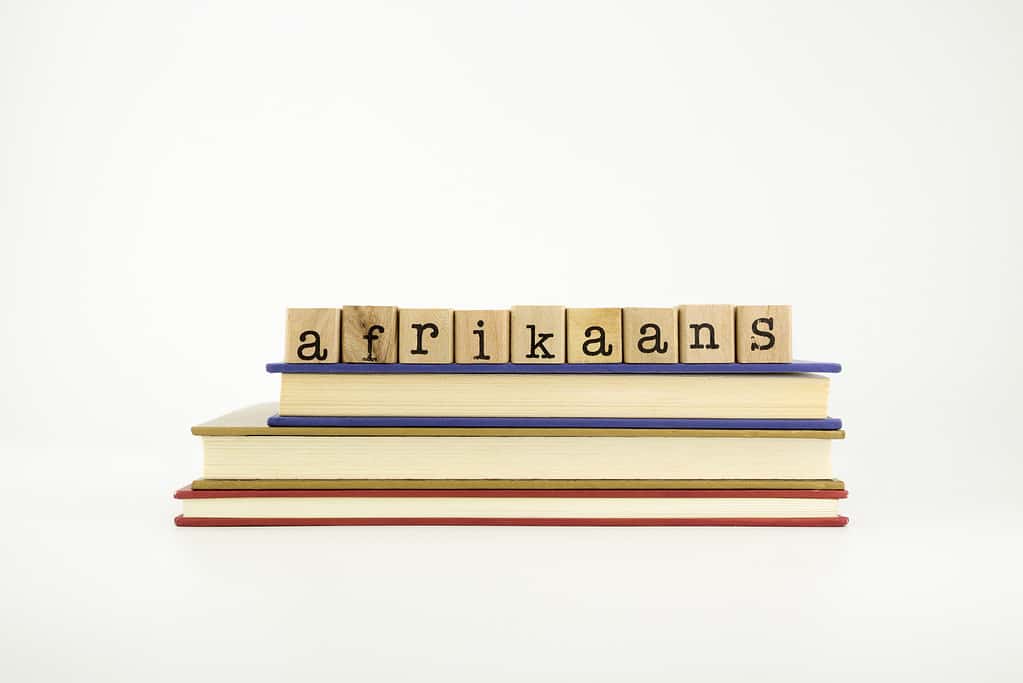
There are approximately 7 million native Afrikaans speakers in the world.
©vinnstock/iStock via Getty Images
Afrikaans is mainly spoken in South Africa, Namibia, and several other African countries. It evolved from Dutch, however, it is considered a West Germanic language. It is said that around 90 to 95% of Afrikaans comes from Dutch, but several words were adopted from German or the Khoisan languages. Around 13% of South Africans are native Afrikaans speakers.
Danish
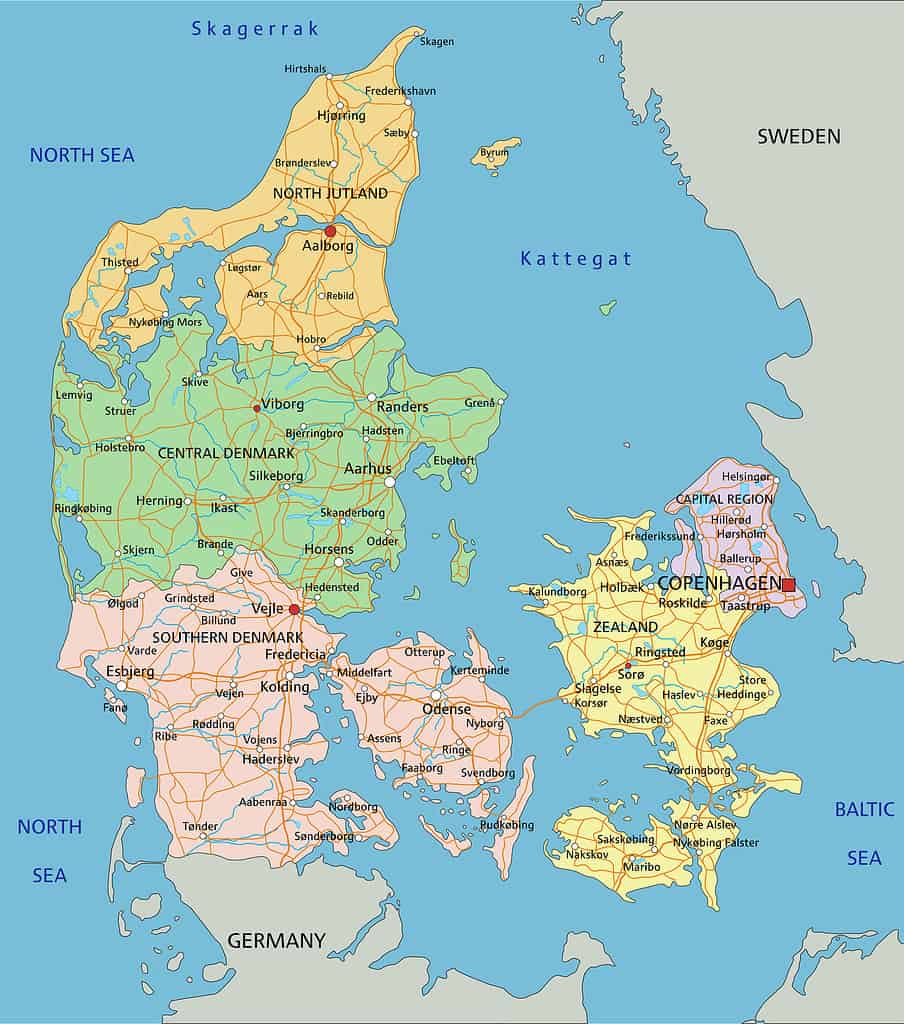
There are six million Danish speakers in the world.
©BardoczPeter/iStock via Getty Images
Mainly spoken in Denmark, there are Danish speakers located in Greenland, the Faroe Islands, and even Southern Schleswig, which is a German region in the north. Danish is part of the North Germanic branch of the Germanic languages. It is also a direct descendant of Old Norse, which is the language that the Vikings used in Scandinavia. In the past, there used to be Danish dialects used, but they have now evaporated.
Norwegian
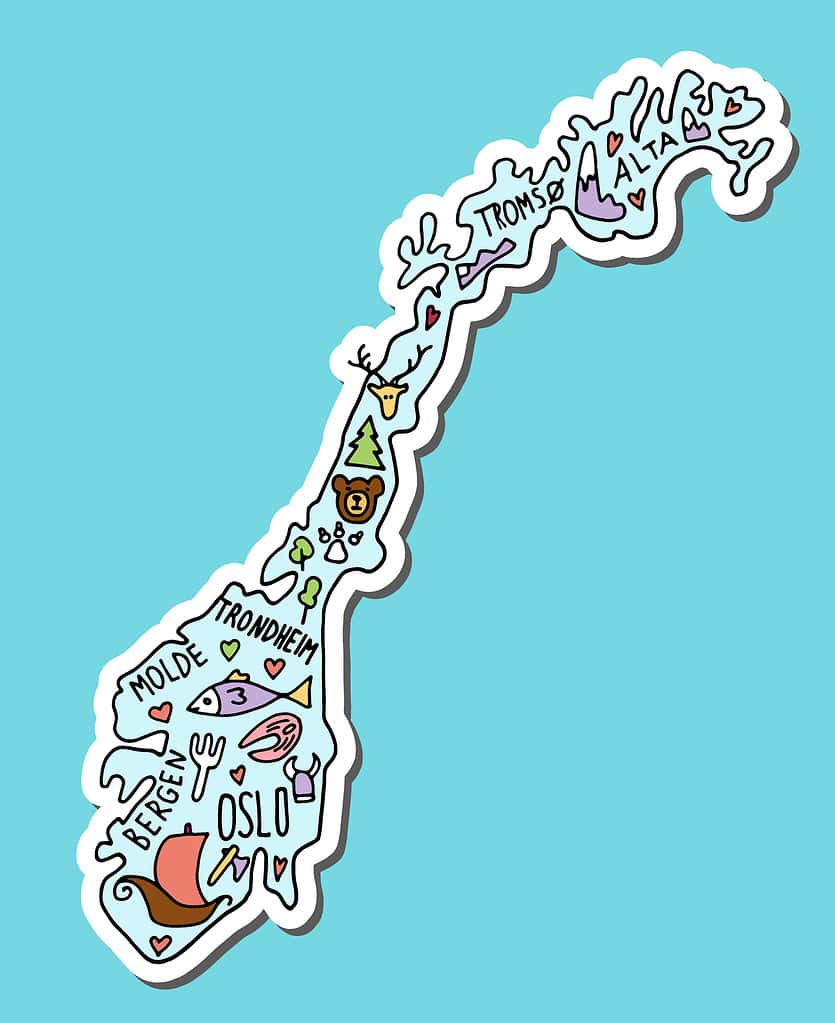
Norwegian native speakers amount to about 4.3 million people.
©Anastasiia Krasavina/iStock via Getty Images
Hailing from the north Germanic branch of the Germanic languages, Norwegian is mainly spoken in Norway. Because it is a Scandinavian language, it also derives from Old Norse, the language of the Vikings used in Scandinavia. Although there is one standard Norwegian spoken language, there are two written forms of Norwegian used officially today — Bokmål and Nynorsk.
Low German
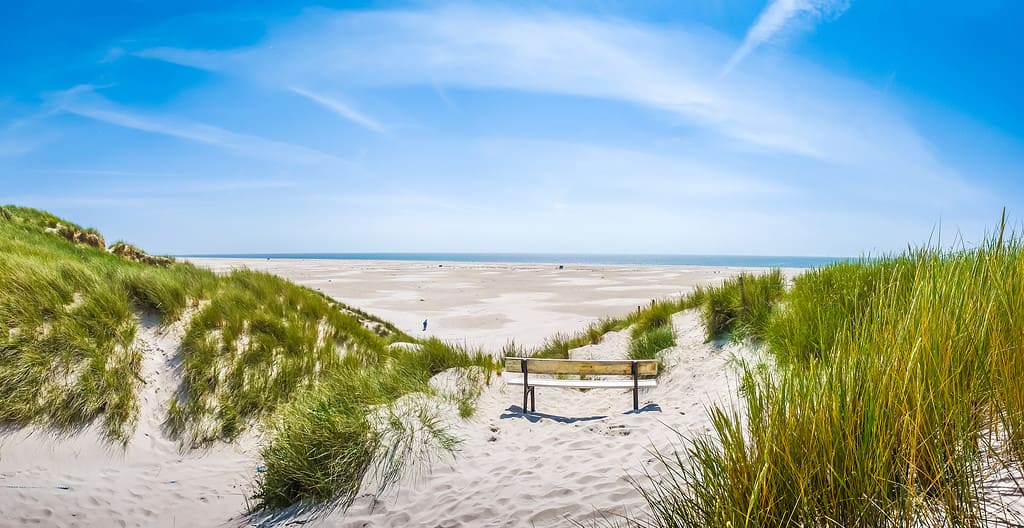
It is estimated that there are around 5 million native Low German speakers, mainly in Northern Germany.
©bluejayphoto/iStock via Getty Images
Coming from the West Germanic branch of the Germanic languages, Low German is a close cousin to English and Frisian. These languages also form the North Sea type of Germanic languages. Today, it is spoken in Northern Germany and Northeastern Netherlands. There is also a population of Russian Mennonites who speak Low German.
Yiddish

It is estimated there are about 600,000 Yiddish native speakers in the world.
©Gerd Harder/iStock via Getty Images
Hailing from the West Germanic branch of the Germanic languages, Yiddish is a language spoken mainly by Ashkenazi Jews. It originated in the 9th century in Central Europe. Before World War II, there were about 11 million people who spoke Yiddish. Yiddish speakers comprised about 85% of the six million Jews who were murdered in the Holocaust.
Scots
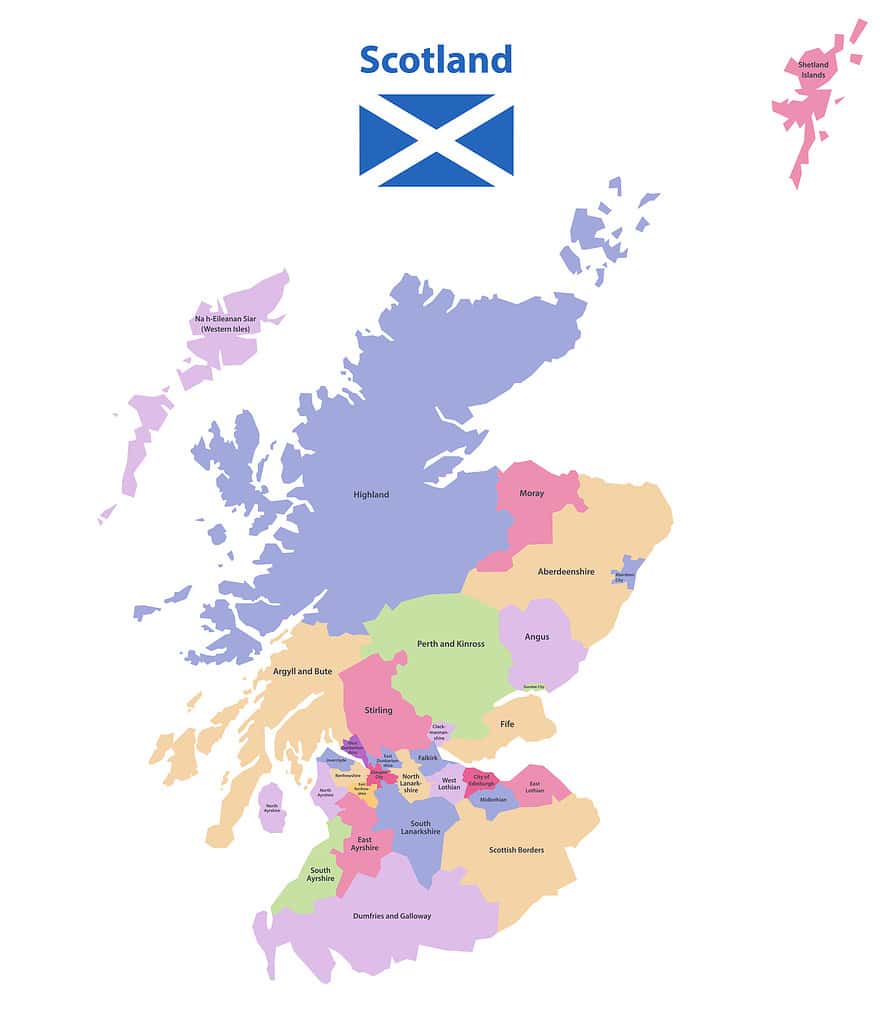
Although Scots is a vulnerable language, according to UNESCO, there are still 1.5 million Scots speakers worldwide.
©brichuas/iStock via Getty Images
Scots is an Anglic language that comes from the West Germanic language branch. It is spoken in Scotland and also in several parts of the northern part of Ireland. Scots is usually spoken as a common language in the Scottish Lowlands. Because of this, there should be no confusion between Scots and Scottish Gaelic, which comes from the Gaelic family of languages. The Scottish government recognizes Scots as a Scottish Indigenous language, and UNESCO deems it a vulnerable language.
Frisian

There are six Frisian languages, and altogether, there are about 500,000 native Frisian speakers.
©DutchScenery/iStock via Getty Images
There are several Frisian languages, which come from the Western Branch of the Germanic languages. The Frisian languages are quite close to Anglic languages, like English, for example. From the Frisian languages, there are three branches: West Frisian, which is the most commonly spoken Frisian language and is mainly spoken in the Friesland province of The Netherlands, North Frisian, spoken in Schleswig-Holstein, and East Frisian, spoken in Saterland, Germany.
Luxembourgish

There are approximately 400,000 Luxembourgish speakers in the world.
©Rainer Lesniewski/iStock via Getty Images
Luxembourgish is part of the West Germanic branch of Germanic languages. It is the main language spoken in Luxembourg, however, English is rapidly becoming more popular. Luxembourgish is also a Moselle Franconian language and is closely related to the High German dialects. The language is also similar to the Transylvanian Saxon dialect spoken in central Romania.
Icelandic
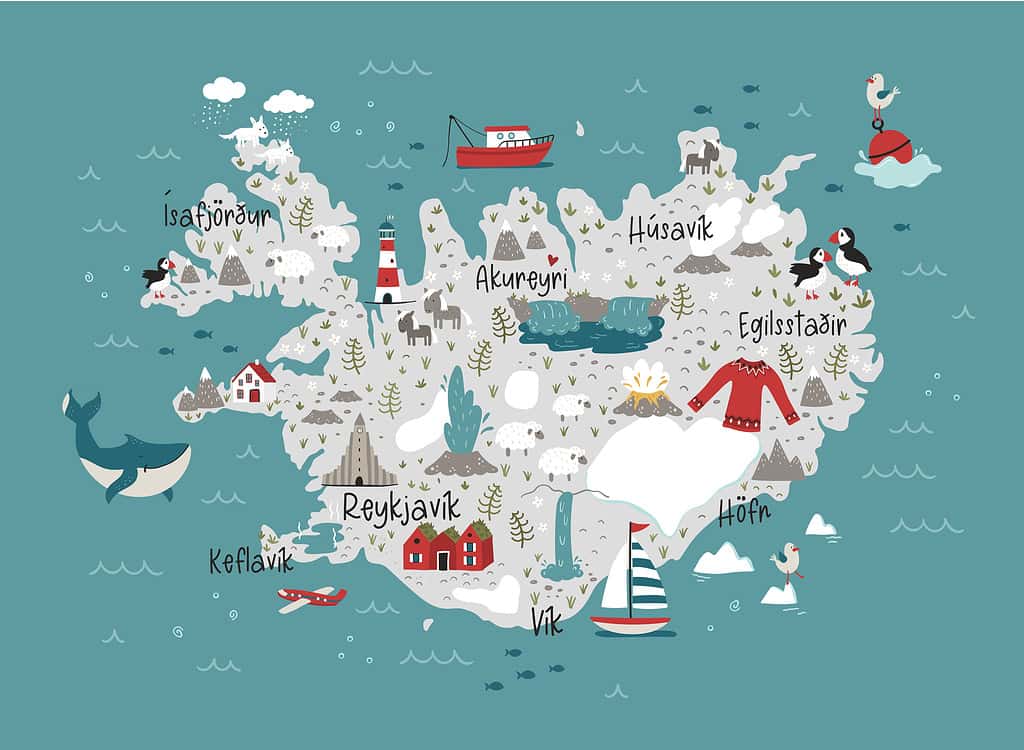
Icelandic is spoken by 300,000 people throughout the world, mostly located in Iceland.
©Silvia Kienesberger/iStock via Getty Images
Part of the North Germanic branch of the Germanic languages, Icelandic is mainly spoken in Iceland. It is the national language of the country and very related to Faroese because it is a West Scandinavian language, as well. Although it is a West Scandinavian language, it is not mutually intelligible with other Scandinavian languages like Danish, Swedish, and Norwegian.
Faroese
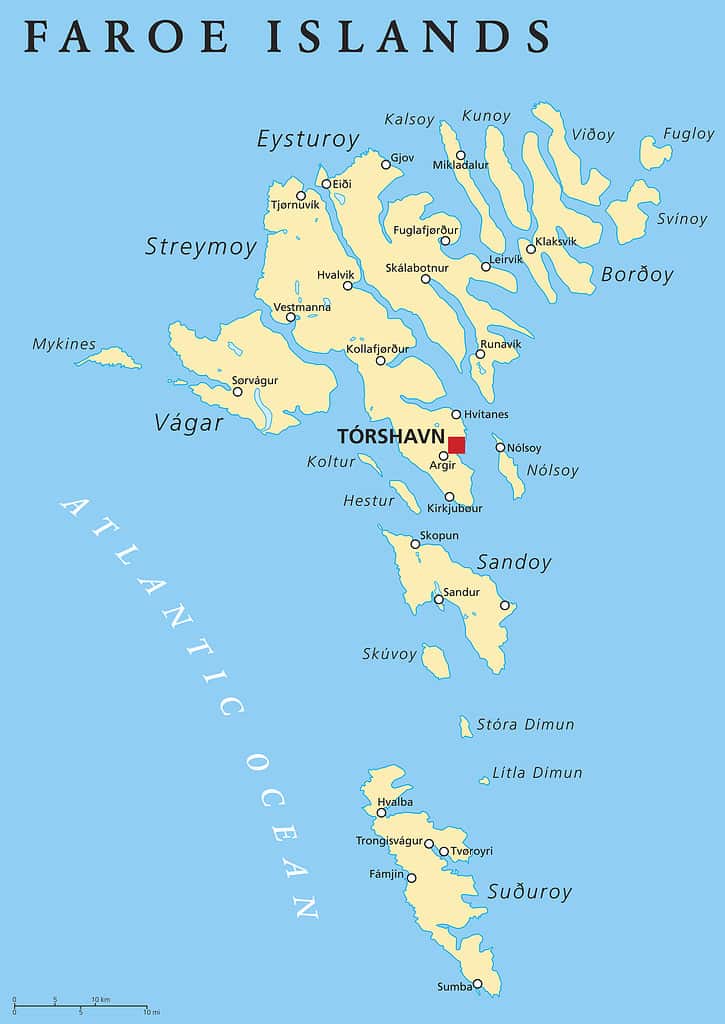
There are around 70,000 native Faroese speakers throughout the world.
©PeterHermesFurian/iStock via Getty Images
Faroese is part of the North Germanic branch of the Germanic languages. It is spoken mainly in the Faroe Islands, where it is the dominant language, and some in mainland Denmark. Faroese is a descendent language from the Old Norse languages spoken in Scandinavia.
Other Minor Languages

Pennsylvania Dutch is a language mainly spoken by the Amish in Pennsylvania.
©Christian Kieffer/Shutterstock.com
Some minor languages or dialects stem from the Germanic language of the past. Pennsylvania Dutch, for example, is used by various people in Pennsylvania. There are several German dialects spoken in various places around Europe including Alsatian in the French region of Alsace. Lastly, there is a Limburgish variety of languages spoken in the Dutch–Belgian–German border region.
Conclusion
And there you have it, these are the 14+ Germanic languages that exist today. These languages have survived centuries of added words, realignments, and other matters. For those that have not survived, those were the dialects or languages that died off with people dying off. That’s a reality when it comes to languages. But these existing Germanic languages are going to last a very long time.
Thank you for reading! Have some feedback for us? Contact the AZ Animals editorial team.

